Home>Home Appliances>Bathroom Appliances>How Hot Does A Hair Dryer Get
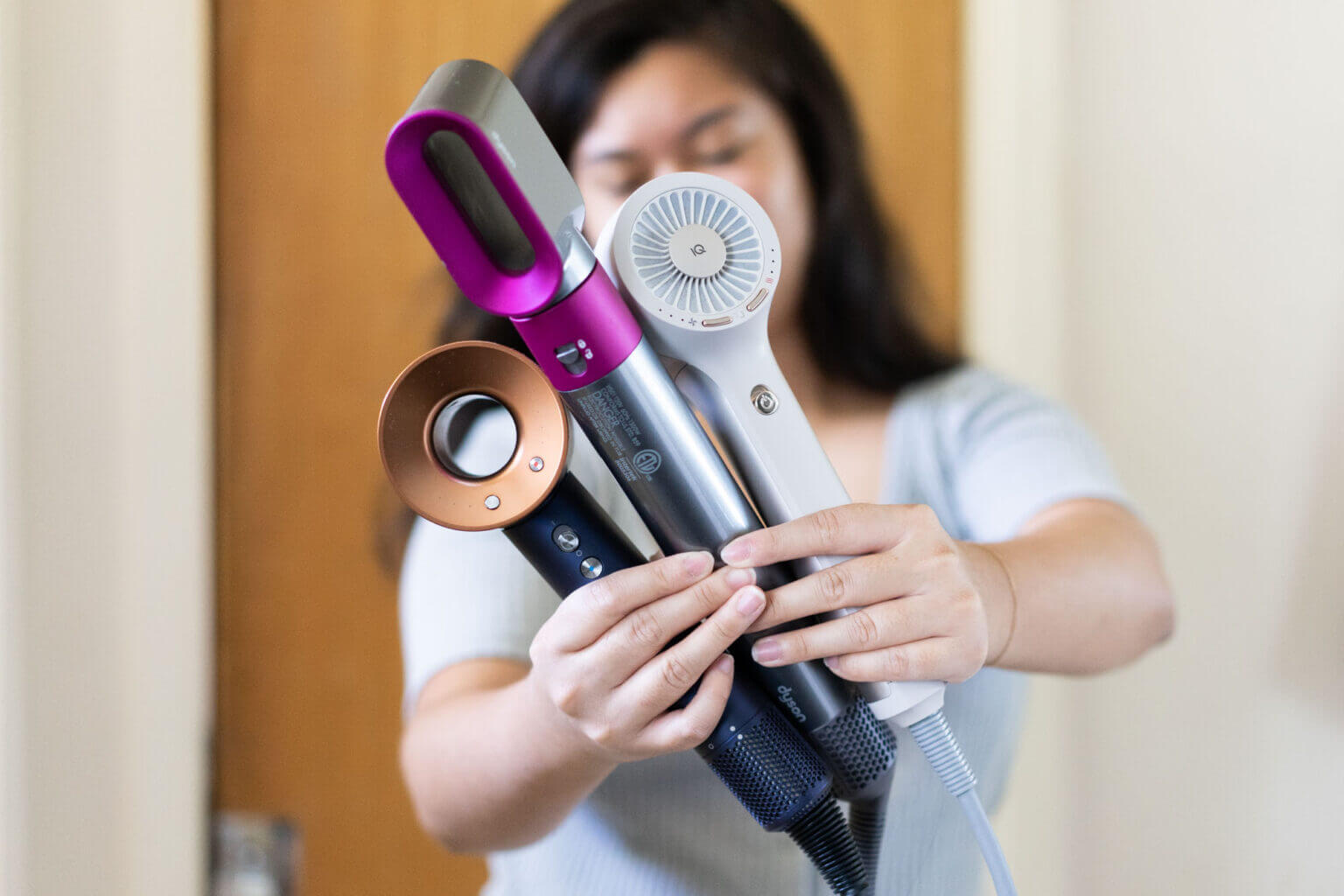

Bathroom Appliances
How Hot Does A Hair Dryer Get
Modified: March 2, 2024
Discover the maximum temperature of a hair dryer and its impact on bathroom appliances. Learn how to use hair dryers safely in your home.
(Many of the links in this article redirect to a specific reviewed product. Your purchase of these products through affiliate links helps to generate commission for Storables.com, at no extra cost. Learn more)
Introduction
Welcome to the world of hair dryers, where the fusion of technology and beauty meets! Hair dryers, also known as blow dryers, have become an indispensable tool in our daily grooming routine. Whether you're preparing for a busy workday, a special occasion, or simply aiming to achieve your desired hairstyle, a hair dryer can be your trusted companion.
In this article, we'll delve into the intriguing world of hair dryers and explore the fascinating science behind their operation. From the physics of how they work to the various temperature settings available, we'll unravel the mysteries behind these essential bathroom appliances. Additionally, we'll address the burning question: How hot can a hair dryer get? Understanding the potential temperature output of a hair dryer is crucial for safe and effective usage.
Furthermore, we'll discuss essential safety precautions to keep in mind when using a hair dryer, ensuring that you can enjoy its benefits without compromising your well-being. By the end of this article, you'll have a comprehensive understanding of hair dryers, their temperature capabilities, and how to use them responsibly.
So, grab your favorite hair care products, settle into your styling station, and let's embark on an enlightening journey into the world of hair dryers!
Key Takeaways:
- Hair dryers use electricity and a heating element to blow hot air, reaching temperatures over 200 degrees Celsius. Different settings cater to various hair types, allowing for safe and effective styling.
- To use a hair dryer safely, maintain a safe distance, use heat protectant products, and avoid overheating. Understanding temperature settings and practicing mindful habits ensures healthy, stylish hair.
Read more: How Hot Does A Dryer Get
The Physics of Hair Dryers
At first glance, a hair dryer may seem like a simple device, but the science behind its operation is truly fascinating. Understanding the physics of how a hair dryer works can deepen our appreciation for this everyday tool.
When you switch on a hair dryer, you initiate a complex interplay of electrical and mechanical processes. The heart of the hair dryer is its electric motor, which drives a fan that draws in air from the surrounding environment. As the air enters the hair dryer, it passes through a heating element, typically made of nichrome wire. Nichrome, an alloy of nickel and chromium, is chosen for its high electrical resistance and ability to generate heat efficiently. When an electric current flows through the nichrome wire, it heats up rapidly, reaching temperatures that can exceed 200 degrees Celsius (392 degrees Fahrenheit).
As the air flows over the heated element, it absorbs the generated heat, causing its temperature to rise significantly. The now-warm air is then propelled out of the hair dryer's nozzle at a high velocity, allowing you to direct it onto your hair for drying and styling purposes.
Moreover, the design of the hair dryer's nozzle and airflow system plays a crucial role in optimizing the distribution of heat and air pressure. By carefully controlling the shape and size of the nozzle, manufacturers can ensure that the emitted air is focused and consistent, facilitating efficient hair drying and styling.
Overall, the physics of a hair dryer exemplify the harmonious integration of electrical, thermal, and mechanical principles. It is this seamless orchestration of scientific concepts that empowers a hair dryer to transform damp hair into a beautifully styled masterpiece, all within a matter of minutes.
Temperature Settings on Hair Dryers
Most modern hair dryers are equipped with multiple temperature settings, offering users the flexibility to customize their drying and styling experience based on their hair type and desired results. Understanding these temperature settings is essential for optimizing the performance of your hair dryer while safeguarding the health of your hair.
Typically, hair dryers feature at least two primary temperature settings: high heat and low heat. The high-heat setting delivers a powerful stream of hot air, ideal for quickly drying wet hair and shaping various hairstyles. On the other hand, the low-heat setting provides a gentler airflow with reduced temperature, suitable for fine or delicate hair that may be more susceptible to heat damage.
In addition to the basic high and low heat options, many hair dryers also offer a medium-heat setting, striking a balance between rapid drying and hair protection. This intermediate temperature is favored by individuals with moderately thick or wavy hair, providing an effective compromise between speed and safety.
Furthermore, some advanced hair dryers incorporate adjustable heat controls, allowing users to fine-tune the temperature within a broader range. This level of customization empowers individuals with specific hair needs, such as those with thick, coarse hair that requires higher temperatures for efficient drying, or individuals with thin, fragile hair that benefits from lower heat settings.
It’s important to note that along with the temperature settings, many hair dryers also offer varying airflow or speed settings. The combination of temperature and airflow controls enables users to tailor their hair drying experience with precision, achieving optimal results while minimizing the risk of heat-related damage.
By familiarizing yourself with the temperature settings on your hair dryer and understanding how they interact with different hair textures and styles, you can elevate your hairstyling routine to new heights. Whether you’re aiming for a sleek, straight look or seeking to enhance your natural curls, the ability to harness the diverse temperature options of a hair dryer empowers you to express your unique style while nurturing the health of your hair.
Always check the temperature settings on your hair dryer. The highest setting can reach up to 140-150 degrees Fahrenheit, so be careful not to hold it too close to your hair to avoid damage.
How Hot Can a Hair Dryer Get?
One of the most common inquiries regarding hair dryers revolves around their maximum temperature output. Understanding the upper limits of a hair dryer’s heat is crucial for making informed decisions about styling practices and ensuring the health and safety of your hair.
On average, traditional hair dryers can reach temperatures ranging from 140 to 150 degrees Fahrenheit (60 to 65 degrees Celsius) on their low-heat settings. When switched to high-heat mode, these hair dryers can elevate their temperature output to approximately 175 to 185 degrees Fahrenheit (80 to 85 degrees Celsius).
For individuals with specific hair needs, such as those with thick or coarse hair that requires higher temperatures for efficient drying, certain professional-grade hair dryers are engineered to achieve even higher heat levels. These advanced models can surpass 200 degrees Fahrenheit (93 degrees Celsius) on their highest settings, catering to the demands of professional stylists and individuals seeking expedited drying times.
It’s important to note that the actual temperature experienced by your hair may differ from the maximum output of the hair dryer, as factors such as distance from the nozzle, airflow intensity, and hair thickness can influence the effective heat exposure. Additionally, the use of heat protectant products and proper hair dryer techniques can mitigate the potential impact of high temperatures on your hair.
Understanding the temperature capabilities of your hair dryer empowers you to make informed decisions when styling your hair. By selecting the appropriate temperature setting based on your hair type and styling goals, you can achieve optimal results while minimizing the risk of heat-induced damage. Whether you’re aiming to achieve a smooth, frizz-free finish or gently enhance your natural waves, harnessing the heat of a hair dryer responsibly is key to nurturing the health and beauty of your hair.
Safety Precautions When Using a Hair Dryer
While hair dryers are valuable tools for achieving stylish and well-groomed hair, it’s essential to prioritize safety when using these appliances. By implementing a few simple precautions, you can enjoy the benefits of a hair dryer while safeguarding both your hair and your well-being.
1. Maintain a Safe Distance: When using a hair dryer, ensure that the nozzle is held at a safe distance from your hair to prevent excessive heat exposure. Maintaining a distance of 6 to 8 inches (15 to 20 centimeters) allows the air to disperse and minimizes the risk of overheating specific areas of your hair.
2. Use Heat Protectant Products: Prior to using a hair dryer, apply a quality heat protectant spray or serum to your hair. These products form a protective barrier that shields your hair from the intense heat, reducing the likelihood of damage and promoting healthier, shinier hair.
3. Avoid Overheating: Refrain from using the highest heat setting on your hair dryer unless necessary. For most hair types, a moderate temperature is sufficient for effective drying and styling. Overheating your hair can lead to dryness, frizz, and potential heat-related damage over time.
4. Regular Maintenance: Keep your hair dryer clean and well-maintained to ensure optimal performance and safety. Regularly remove any lint or debris from the air intake vents to prevent airflow obstruction, and inspect the power cord for any signs of wear or damage.
5. Cool Shot Feature: Many hair dryers are equipped with a cool shot button, which releases a stream of cool air to help set your hairstyle and reduce heat exposure. Incorporating the cool shot feature into your styling routine can enhance the longevity of your hairstyle while minimizing heat-related stress on your hair.
6. Avoid Over-Drying: Once your hair is dry, avoid prolonged exposure to the heat of the hair dryer. Over-drying can strip your hair of its natural moisture, leading to brittleness and dullness. Instead, switch off the hair dryer once your hair is dry to the touch, allowing the remaining moisture to air-dry naturally.
By integrating these safety precautions into your hair care routine, you can harness the benefits of a hair dryer while prioritizing the health and vitality of your hair. With mindful usage and a focus on protective measures, you can achieve stunning hairstyles while nurturing the natural beauty of your hair.
Read more: How Hot Does A Dryer Vent Get
Conclusion
As we conclude our exploration into the captivating world of hair dryers, we’ve gained valuable insights into the science, temperature settings, and safety considerations associated with these essential grooming tools. From the intricate physics that power their operation to the diverse temperature options that cater to various hair types, hair dryers have proven to be versatile allies in our daily styling endeavors.
By unraveling the mysteries behind how hair dryers work, we’ve come to appreciate the harmonious fusion of electrical, thermal, and mechanical principles that enable these devices to transform damp hair into stunning, salon-worthy styles. The ability to customize temperature settings and airflow controls empowers individuals to tailor their styling experience with precision, ensuring optimal results while safeguarding the health of their hair.
Furthermore, our exploration into the maximum temperature capabilities of hair dryers has shed light on the importance of informed usage. Understanding the potential heat output of a hair dryer and implementing safety precautions, such as maintaining a safe distance, using heat protectant products, and avoiding over-drying, allows us to harness the benefits of these appliances while minimizing the risk of heat-related damage to our hair.
As we embrace the convenience and artistry of hair dryers, let’s remember the significance of responsible usage and the impact of our styling practices on the health and beauty of our hair. By integrating scientific knowledge with mindful habits, we can elevate our hairstyling routines to new heights, achieving stunning results while nurturing the natural vitality of our hair.
So, the next time you reach for your trusty hair dryer, envision the symphony of scientific principles at play, the versatility of temperature settings at your command, and the safety precautions guiding your styling journey. With this holistic understanding, you can embark on your hairstyling endeavors with confidence, creativity, and a steadfast commitment to the well-being of your hair.
Here’s to stylish transformations, healthy hair, and the enduring allure of the humble yet remarkable hair dryer!
Frequently Asked Questions about How Hot Does A Hair Dryer Get
Was this page helpful?
At Storables.com, we guarantee accurate and reliable information. Our content, validated by Expert Board Contributors, is crafted following stringent Editorial Policies. We're committed to providing you with well-researched, expert-backed insights for all your informational needs.
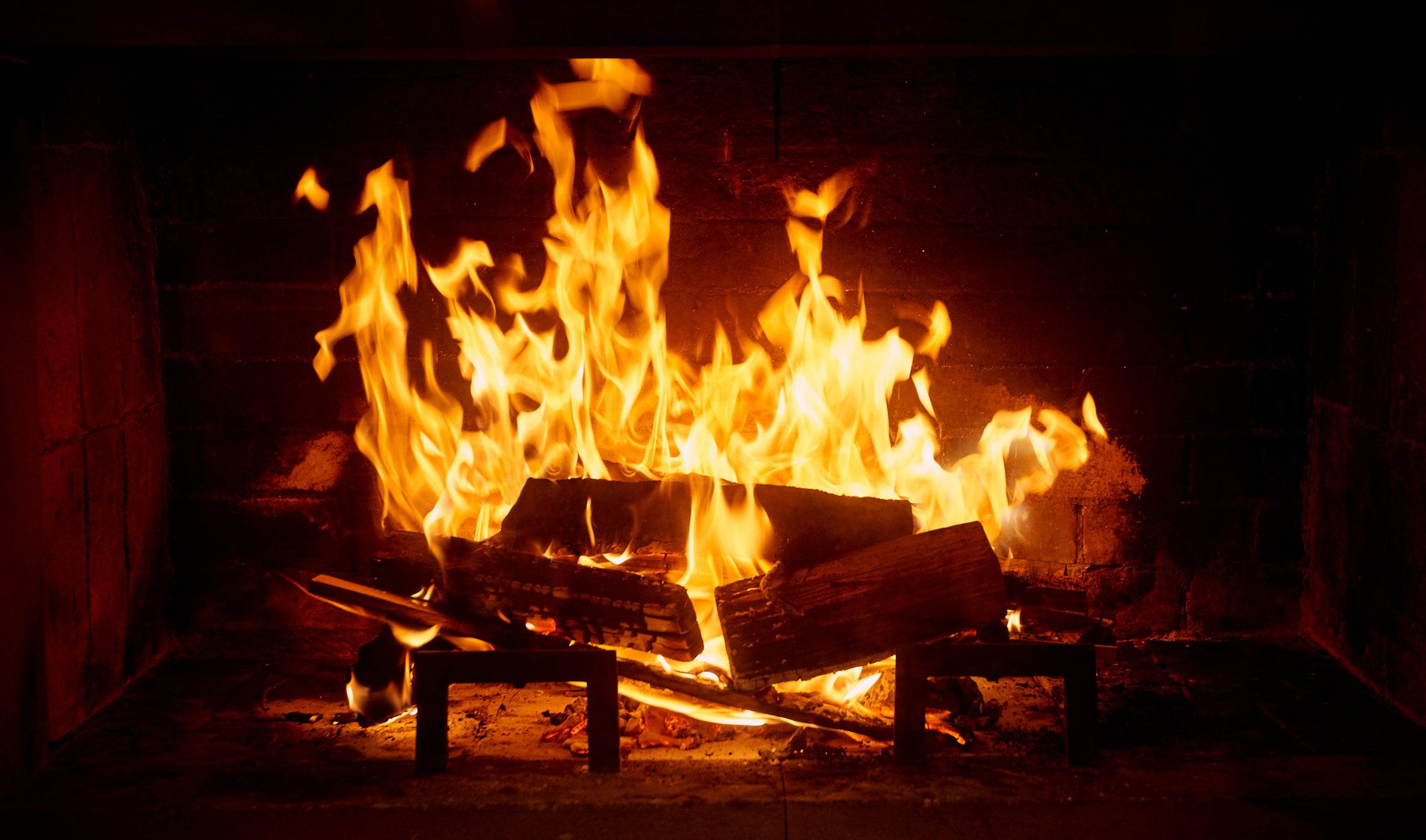
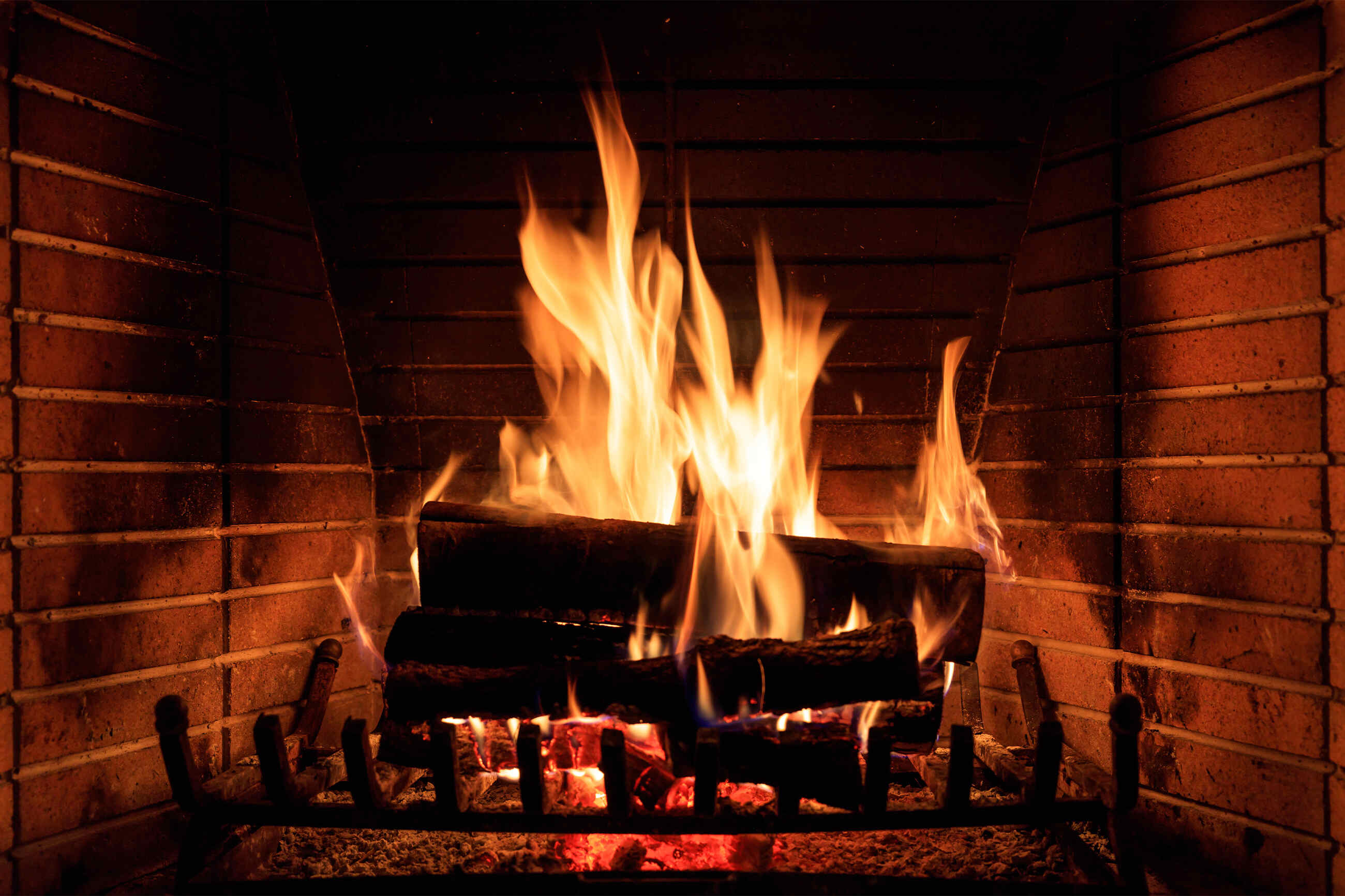
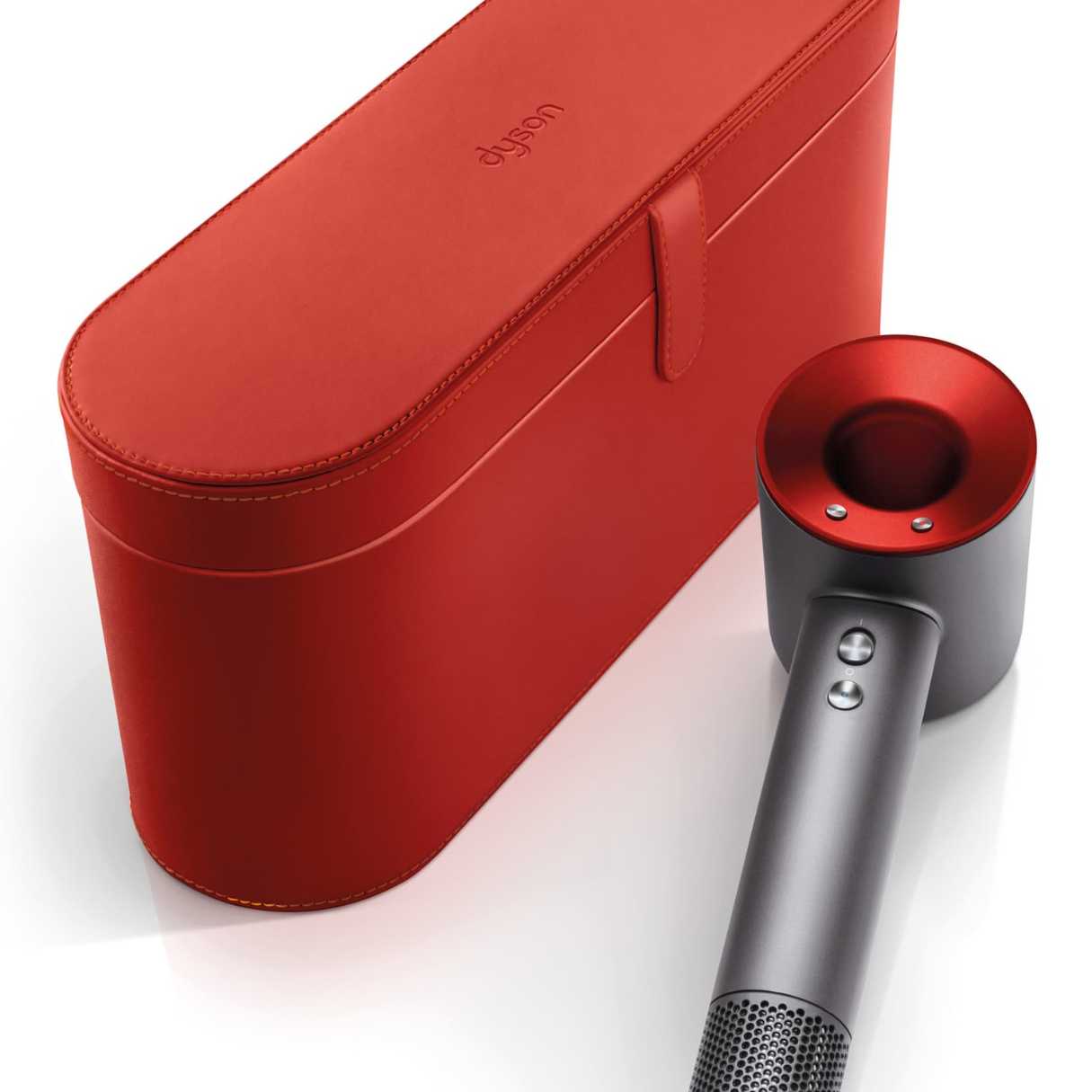
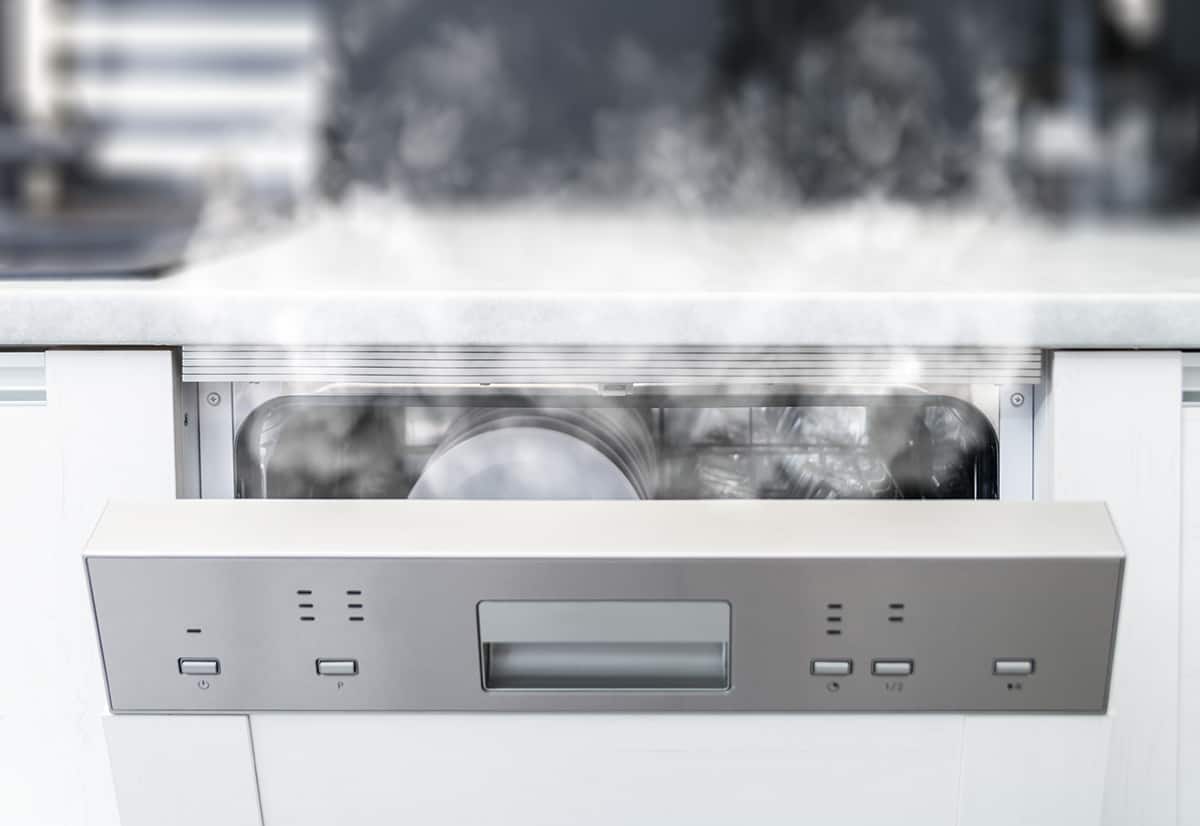
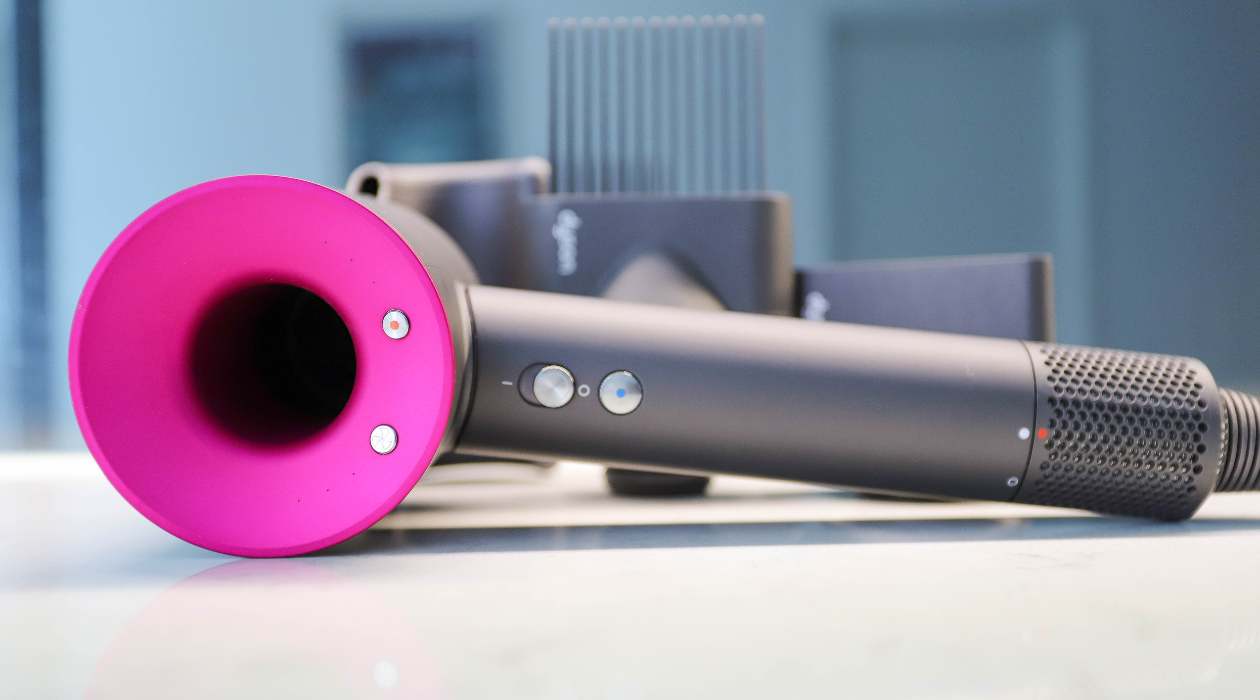
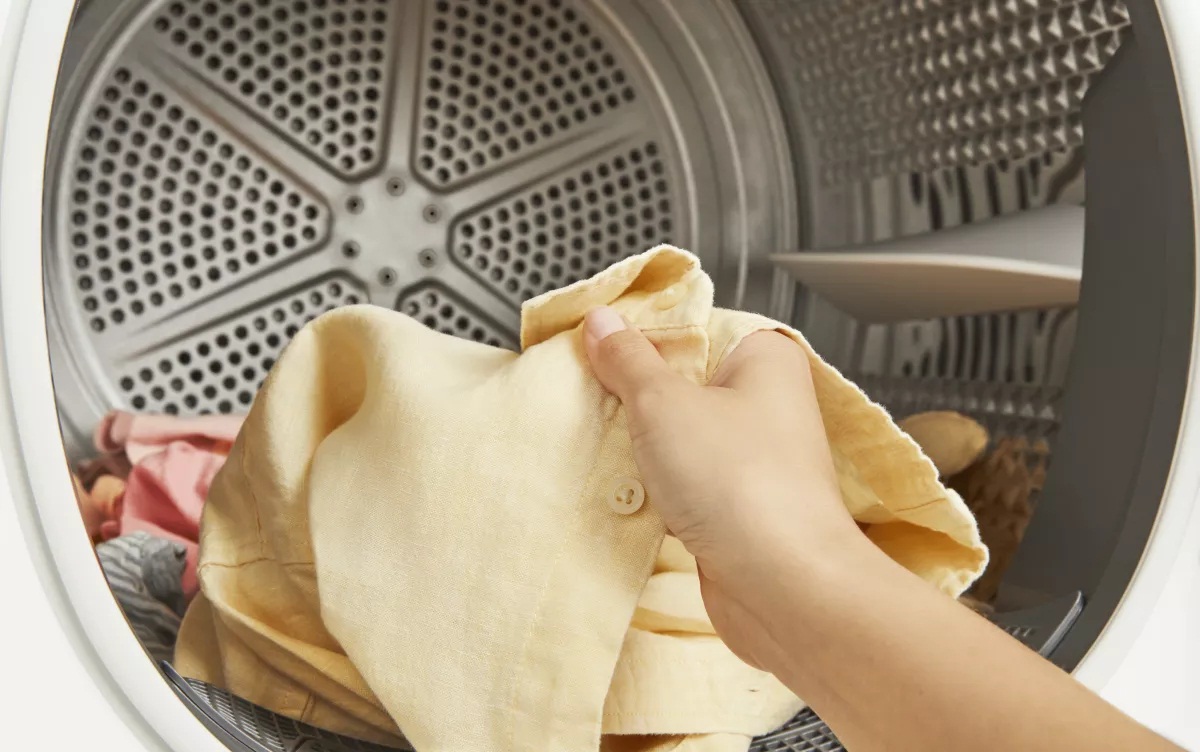
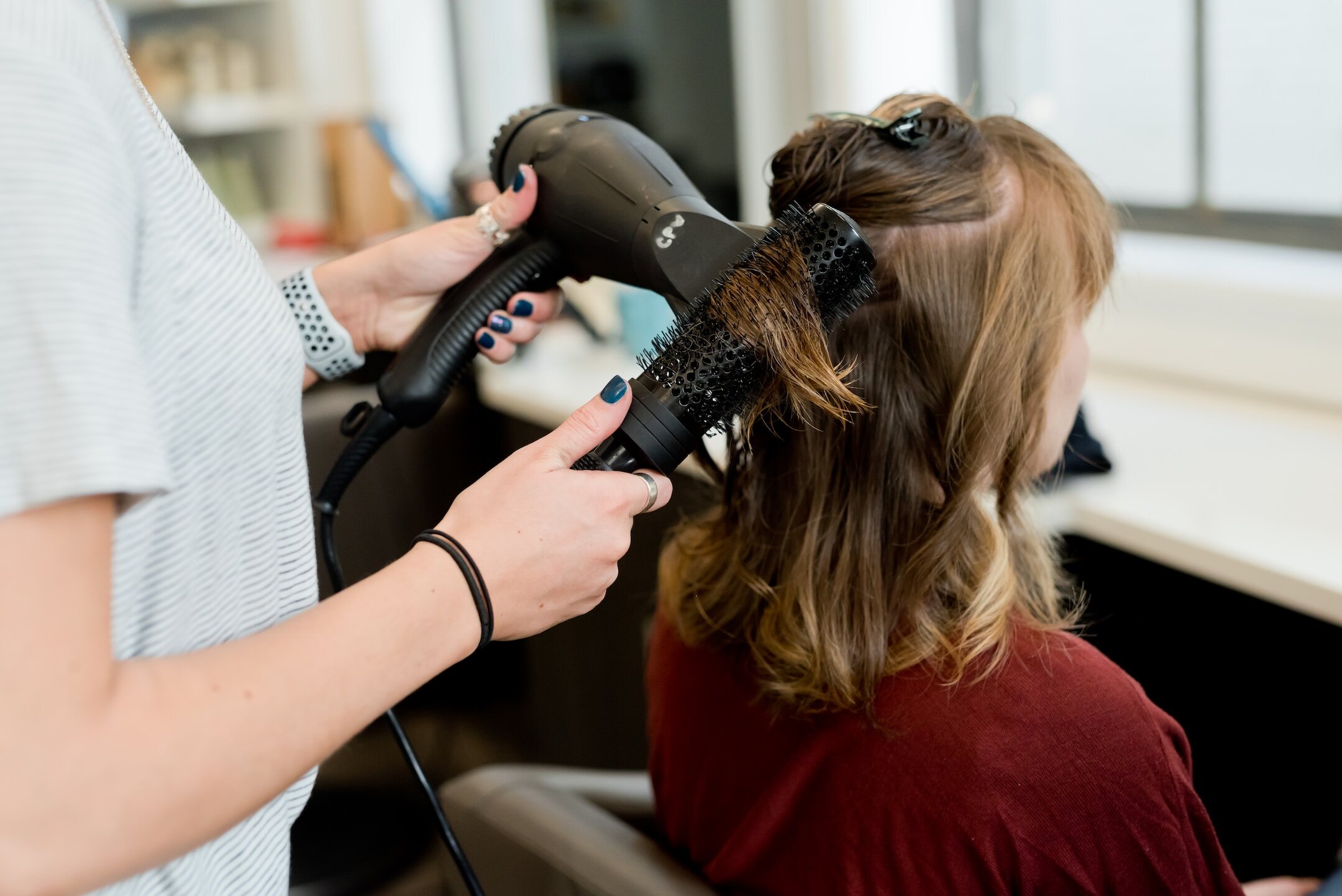
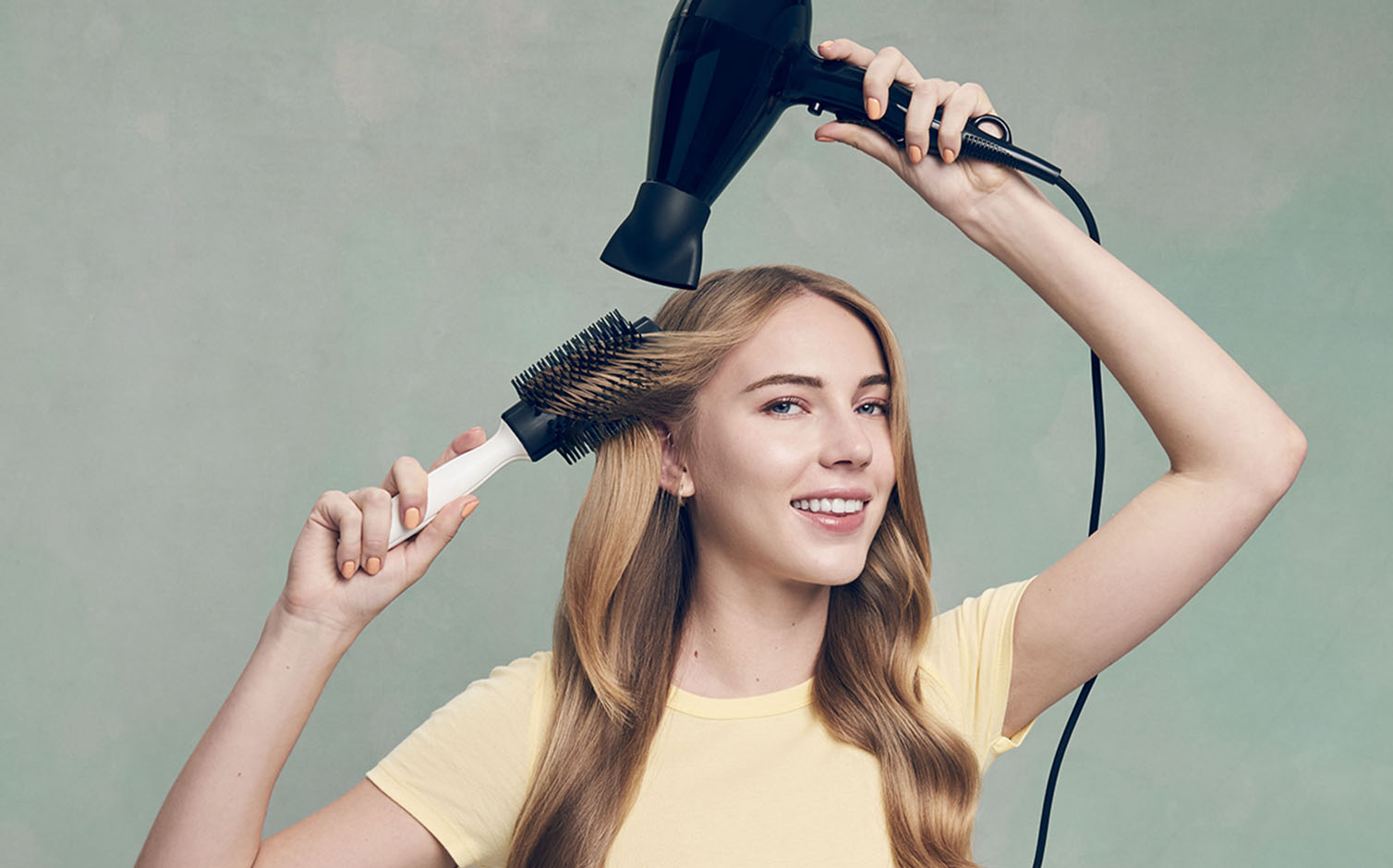
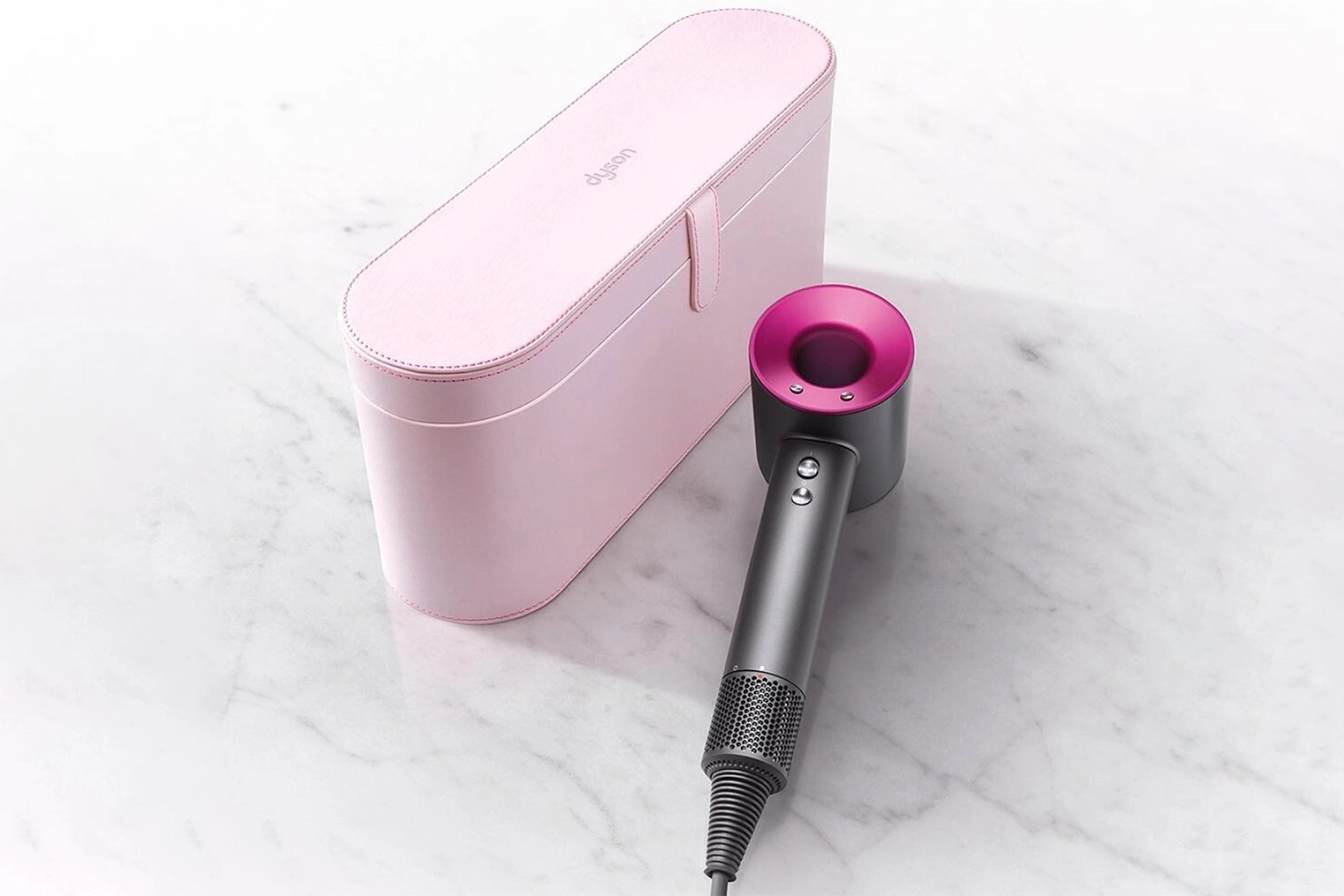
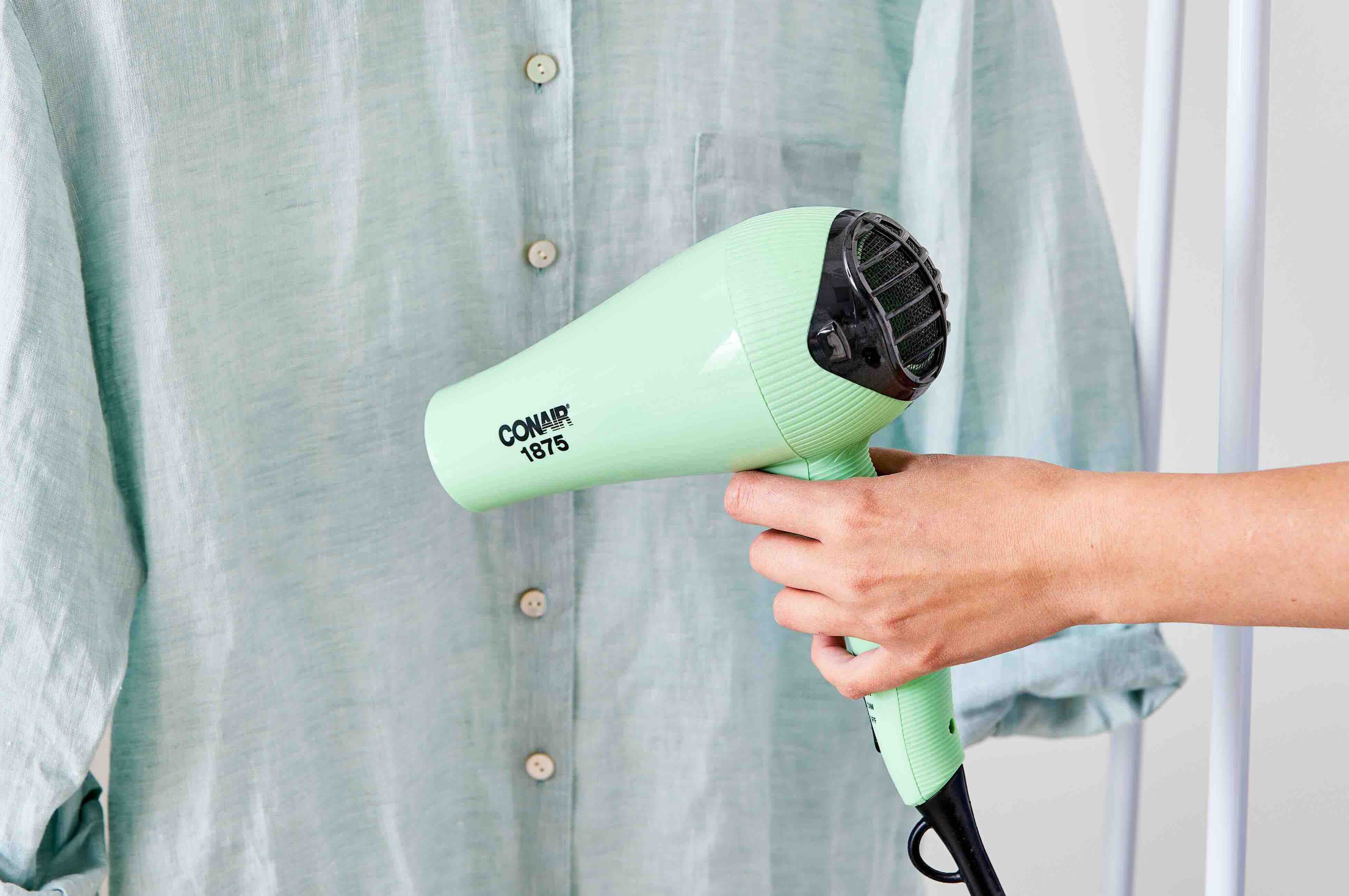
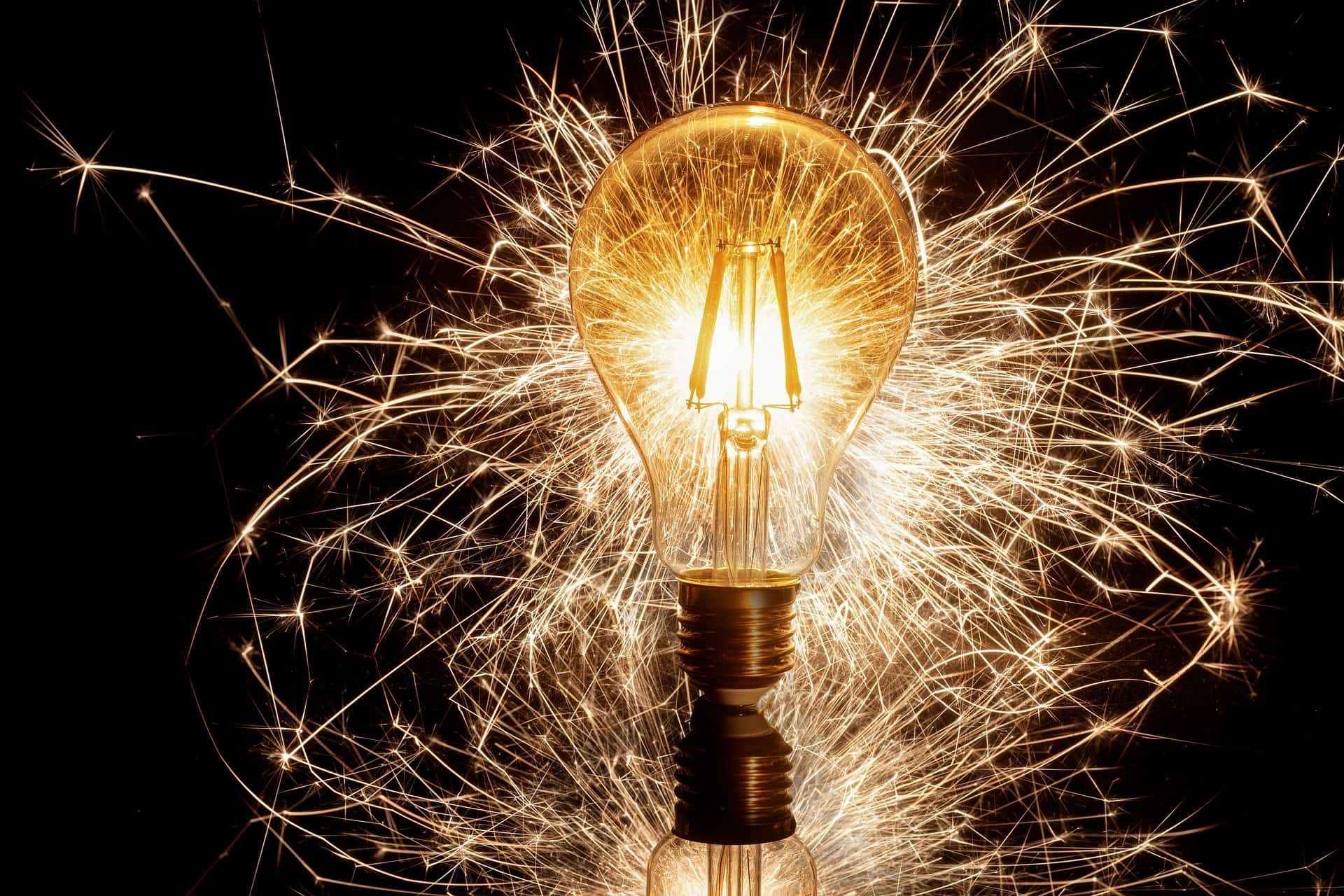
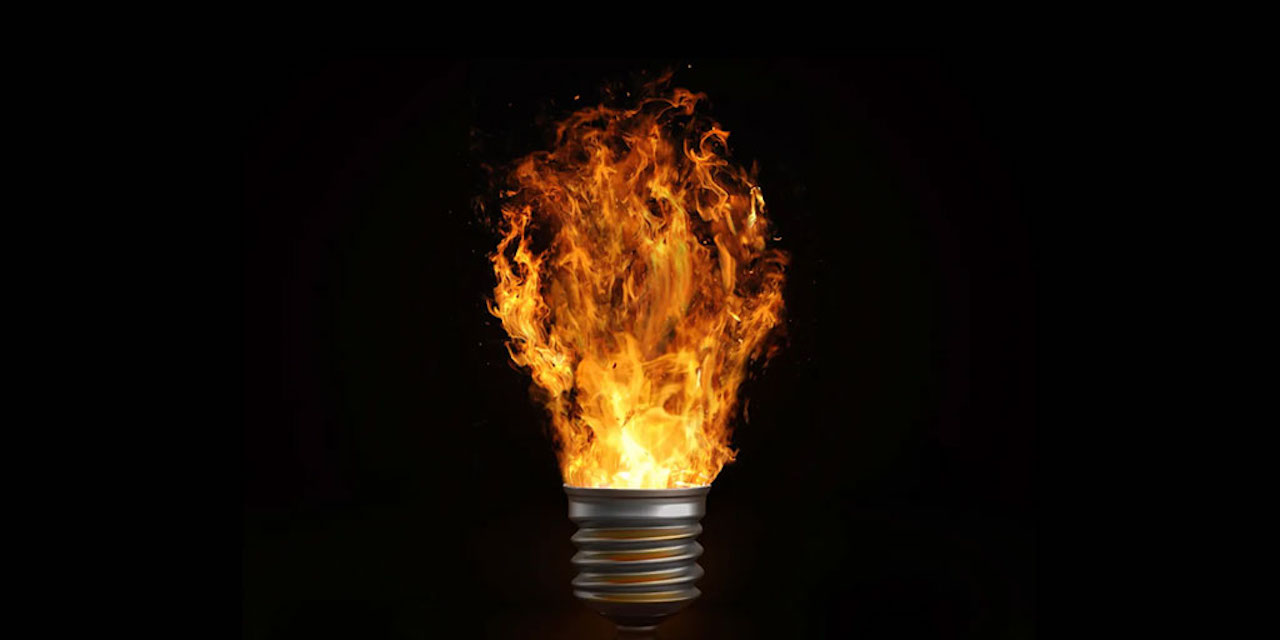
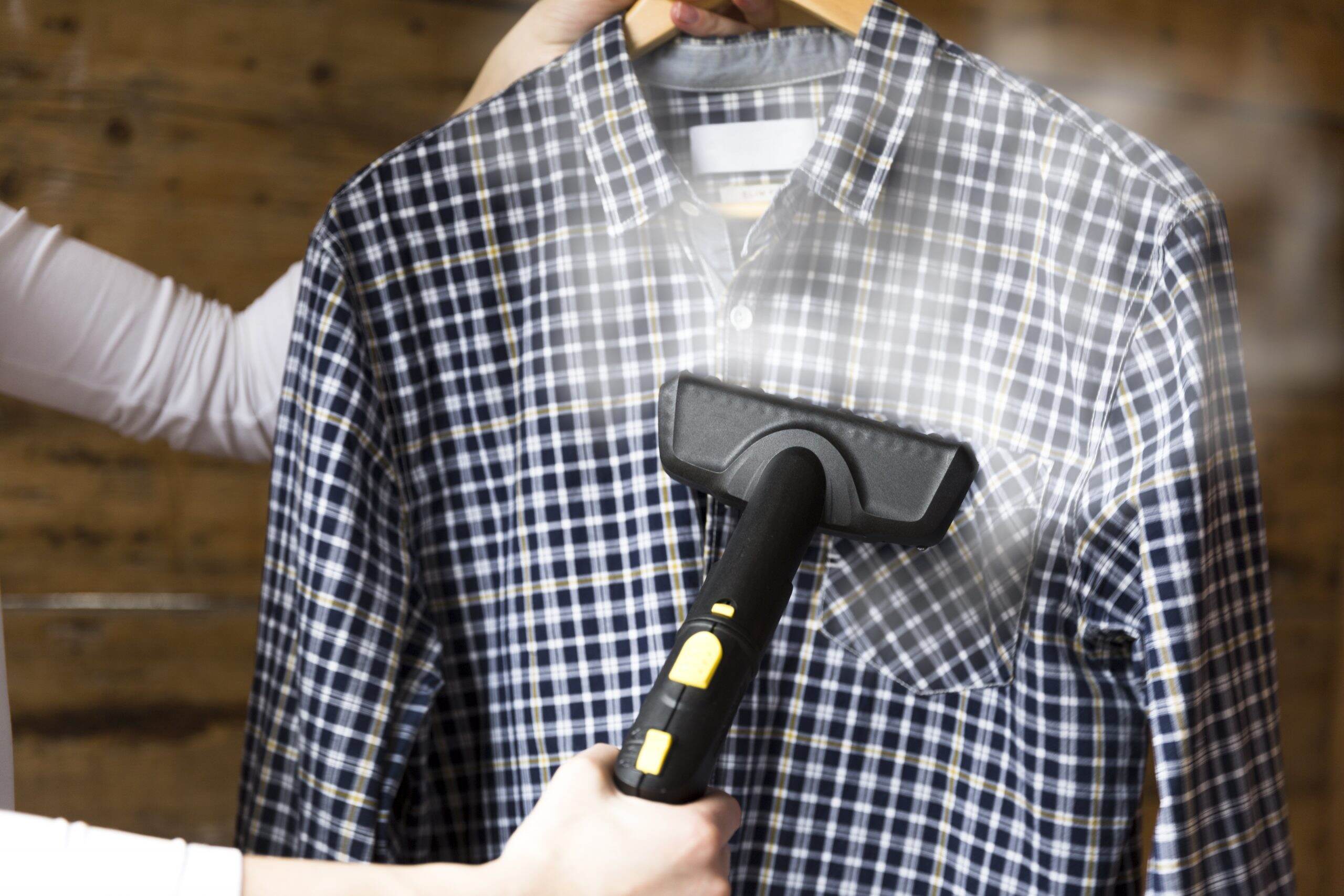
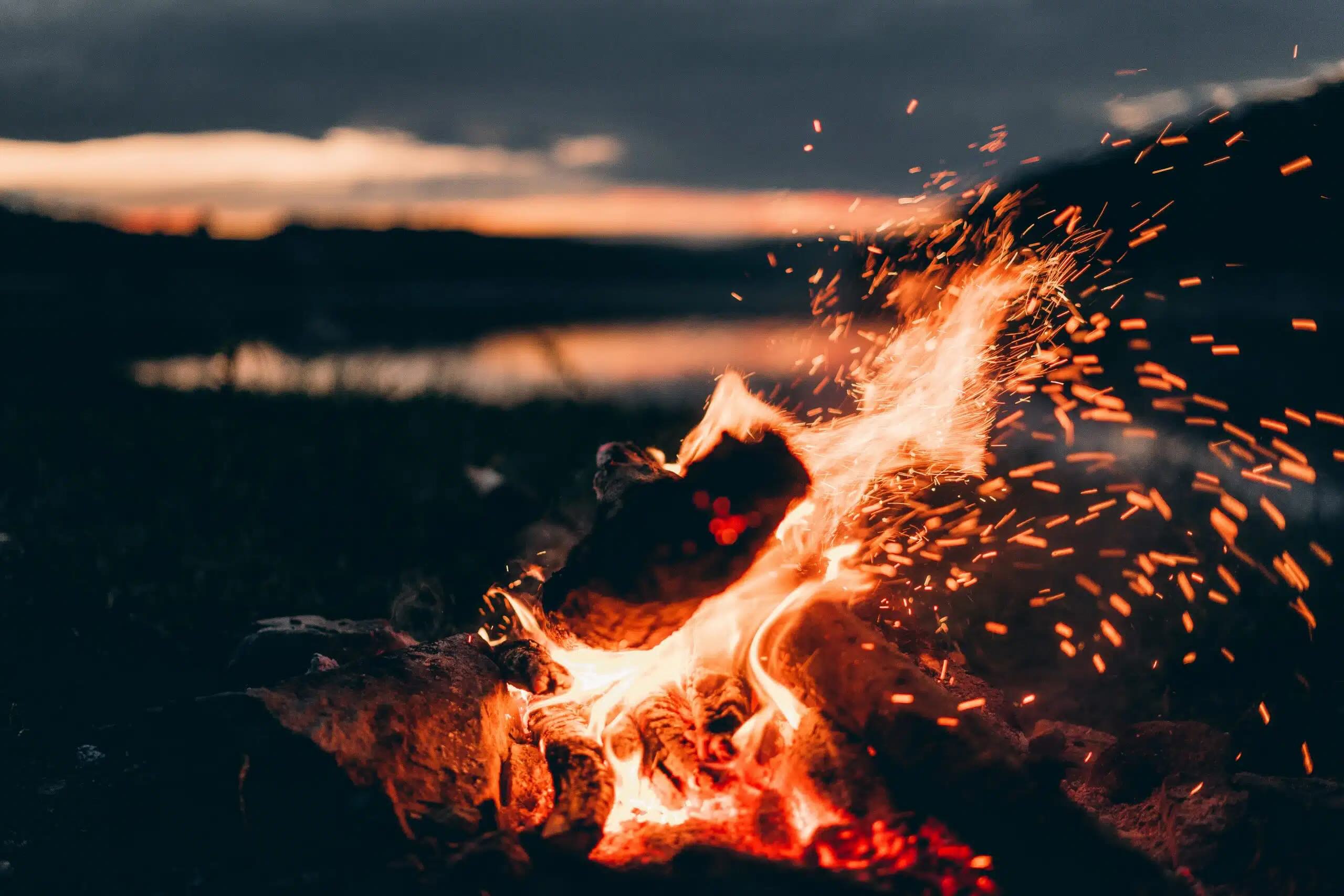

0 thoughts on “How Hot Does A Hair Dryer Get”